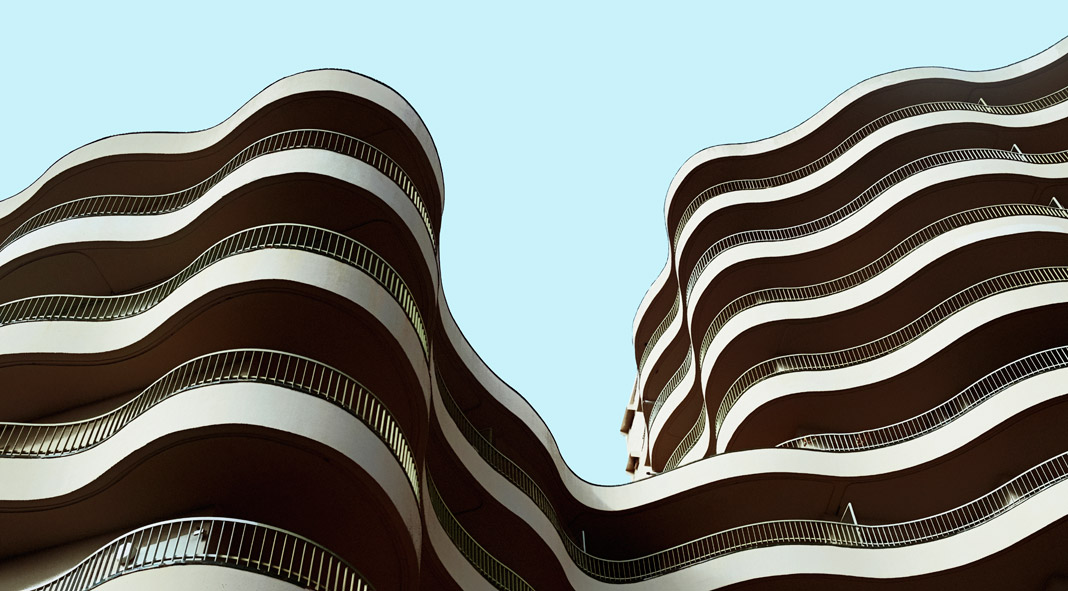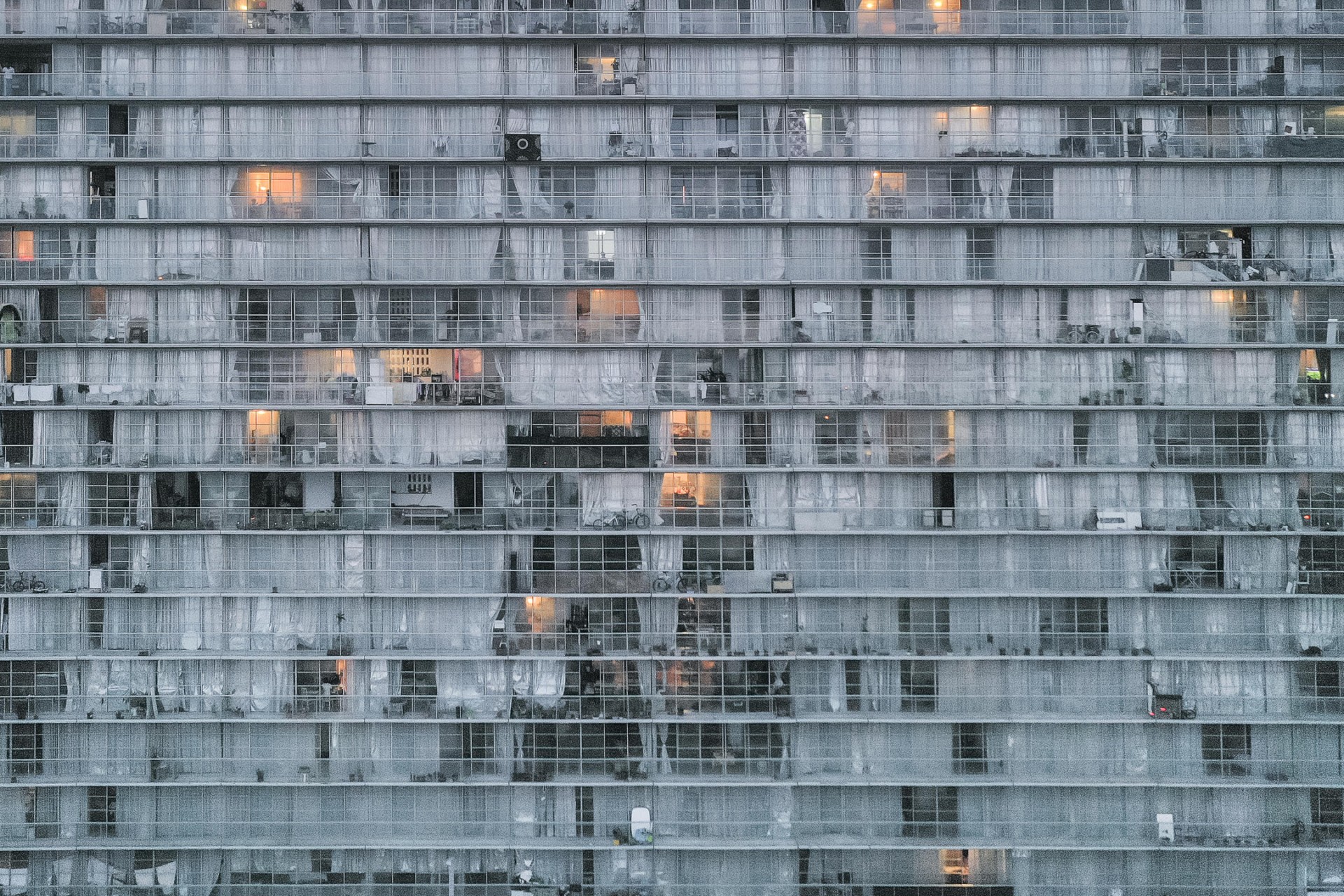What is architectural photography
Architecture photography (also referred to as building photography or structure photography) generally means building-centered photography. In architectural photography, you have to focus a lot on the composition rules. A building may look stunning, but if you don’t know how to fit it into your frame, it might look mediocre in photos.

The styles of architectural photography
Architectural photography is divided into two distinct types: external and internal. Exterior Architecture Photography: Refers to photographs of the exterior of a structure. The exteriors benefit from a great deal of natural light, making them easier to photograph and with extremely variable, moody and dramatic results. Interior Architectural Photography: Refers to photographs of the interior of a structure. Interiors are often more difficult to capture due to the ambient light available through windows or skylights which is often limited and sometimes filtered.

Recommended lenses for architectural photography
Lenses in architectural photography allow you to capture structures in a very dynamic way. Some, like prime lenses, will give you very sharp images and less distortion. However, to photograph a closer scene, you will need to get closer to the subject. Zoom lenses allow you to capture a wider or closer shot without moving. But their sharpness can decrease at different focal lengths. Tilting and movable lenses are something you need to consider. They help eliminate perspective distortion. Then carry out several tests to understand which lens is best suited to your subject based on the criteria just mentioned.

Necessary tools for architectural photography
Tripod. Whether you’re using a heavy telephoto lens or shooting a long exposure of an architectural subject, a tripod will stabilize your camera and lead to sharper, sharper final images. Indispensable.
Flash. Always keep with your flash attachment camera to get brighter and more vivid images. You can also expand your kit to include speed lights, bounces, and shooter umbrellas for even more help in lighting.
Height. Architectural photography is not limited to simply shooting from the ground: elevation from the ground can provide a unique view of an otherwise common shot and is therefore a “virtual” tool that cannot be done without. Since most structures are much larger than the average photographer, angles become as important as a sense of adventure.
Tilt and shift. If you want to shoot a building from the bottom up the vertical tilt and shift is the best technique ever so make sure you have the necessary objectives to apply this technique that I have explained here.

How to remove people from your architectural photography photos
If you are trying to film a building you may find that there is always someone walking through your take that you would not want to have “in sight”. And if you’re looking to get a clear view of the facility without people, it can be a real challenge. However, there is a way to do this while editing and take advantage of the fact that the structure won’t move. Start by taking a series of photos without moving the camera or tripod. As people move through the scene, you should be able to capture an unobstructed view of your subject in fragments. Then you can overlay all the shots in Photoshop and erase people from each layer, revealing the underlying layers with a clear view.
